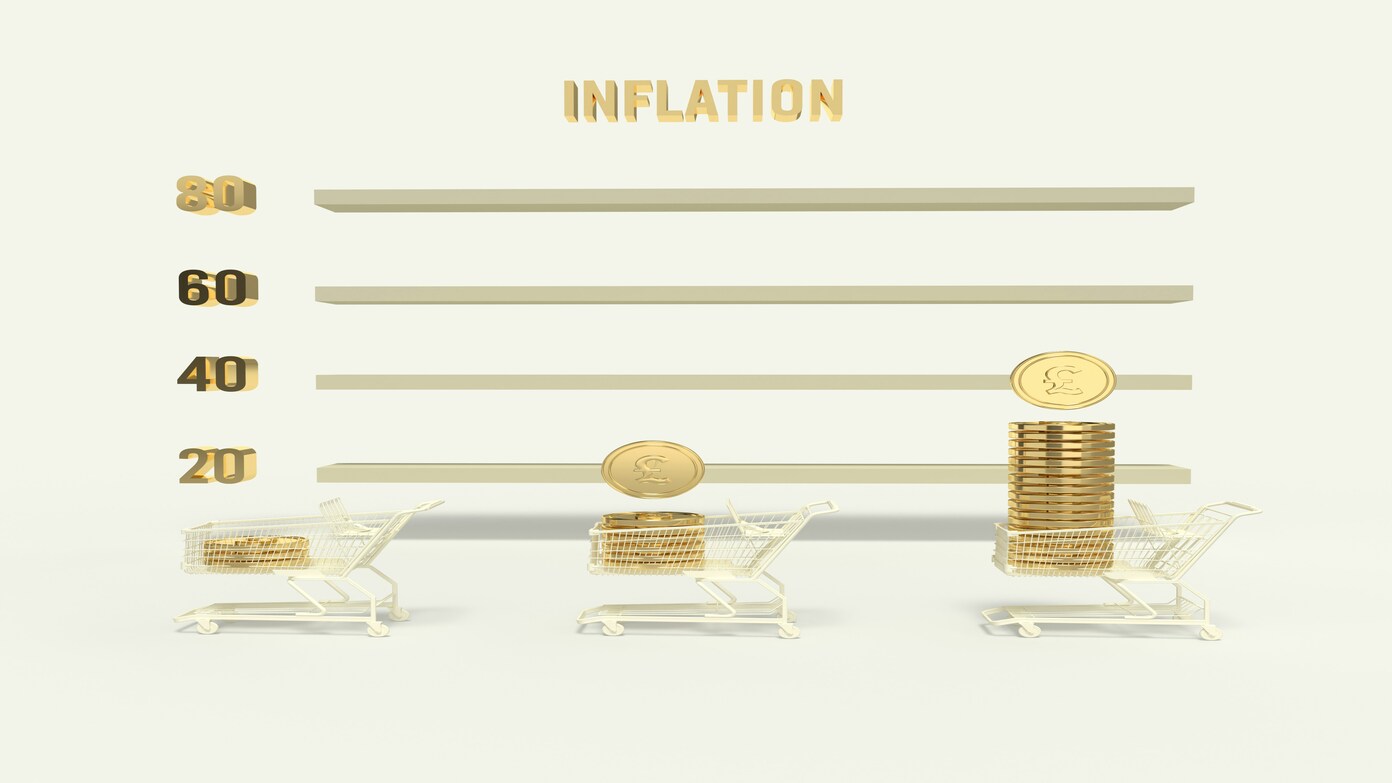As a result, this could cause most of the price increases that the car market in America is likely to witness in the coming months after the proposed Liberation Day tariffs by President Trump take effect. These tariffs are reportedly aimed at boosting domestic manufacturing, but analysts predict a chain of price increments within various industries, and specifically in the automotive sector. Here is everything you need to know about the impact it could have on car prices, as well as on consumers in general.
Tariff overview: What are liberation day tariffs?
Liberation Day tariffs are import duties that the President has sought to put in effect as part of a program to get Americans to make things instead of relying on things from foreign countries. They will kick in after this year’s designated Liberation Day, targeting a majority of imports from foreign manufacturers, mostly from countries like China, Mexico, and Japan.
For the automobile component industry, the tariffs would be applied specifically on imported components such as engines and transmissions, as well as advanced systems in electronics, which a lot of American automakers depend on. These tariffs are meant to create a level playing field for domestic manufacturers. However, effects on onward pricing and availability could be widespread.
Read now: IRS Tax Relief Claim: How can you claim benefits if you were affected by a natural disaster?
Impact on car prices: What consumers will see
Car prices are likely to change, brought about by production costs that both foreign and local manufacturers incur under these new tariffs, as well as differing factors affecting the price of imported vehicles in a particular region. These price increases could have some important impact, especially on vehicles from Japan and South Korea, where there is a visible and strong market presence in the U.S. car market: Imported vehicles from these countries would see price increases once these manufacturers pass part or even all of the high costs from tariffs to consumers.
Additionally, domestic automakers that rely primarily on parts manufactured outside of the country may raise their prices as they pass on the additional cost of purchasing raw materials and components from local suppliers. Depending on the car and its manufacturer, price increases are likely to be between 5% and 10%. For an average consumer, that means having to spend several hundred to several thousand dollars more to purchase a vehicle than before the tariffs were put in place.
Potential benefits for American automakers?
Car buyers will have to face across-the-board increases in prices, while American manufacturers will stand to gain, albeit marginally, from these tariffs. As more production occurs on U.S. soil, reliance will shift to domestic production for imports rather than towards offshore imports, increasing jobs in the automotive sector. However, it is still unclear how the balance will fall between increased production costs and potential jobs created.
Importantly, the longer-term impact on prices will depend on whether domestic manufacturers can organize production ramp-up effectively. In case it is smooth, there may be peaking at first followed by stabilization. Otherwise, consumers may have to face long periods with increased pricing if domestic suppliers cannot meet demand under higher production costs.
What can consumers do?
The most prudent consumer prep for price rises is probably to think about buying a vehicle before the tariffs go into effect. Car buyers should, however, also be able to take into account any new pricing structure that may come into being in making their decisions. Those who are considering buying a new car sometime soon may wish to consider speeding up their purchase to counter the anticipated increase in prices.
Final thoughts
If any, the imminent Liberation Day tariffs will reform the U.S. automotive market. Potentially higher car prices aside, the total effect of the proposed changes will be dictated by how well manufacturers cope with such changes. Consumers should get set for a spell of price adjustment, while the end result may be dictated by how much more production increases in the United States versus how much higher costs rise for manufacturers.
Watch this video and know more about the current situation

